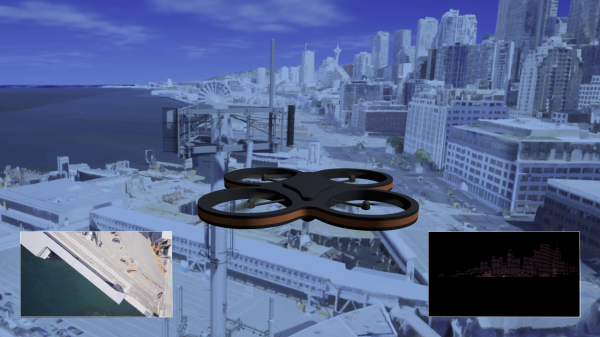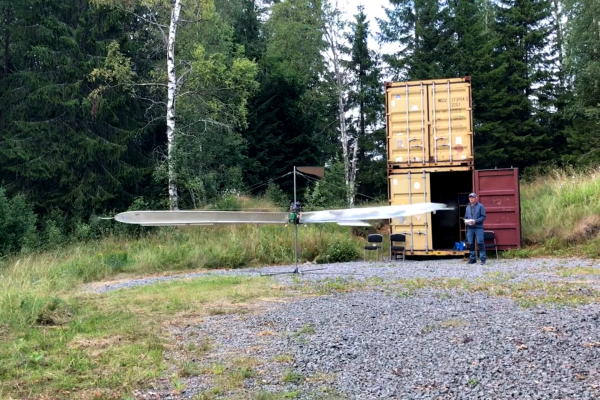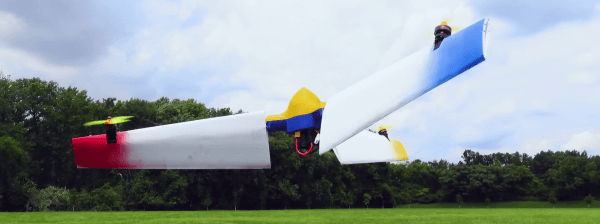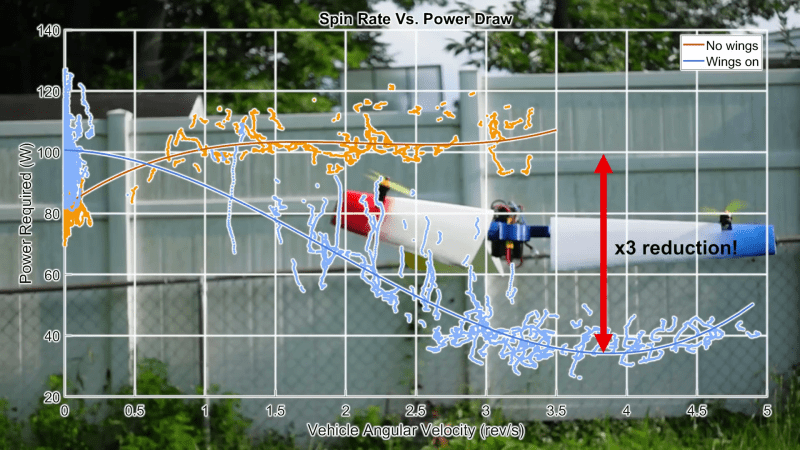We always love when people take the trouble to show information in new, creative ways — after all, there’s a reason that r/dataisbeautiful exists. But we were particularly taken by this version of the periodic table of the elements, distorted to represent the relative abundance on Earth of the 90 elements that make up almost everything. The table is also color-coded to indicate basically how fast we’re using each element relative to its abundance. The chart also indicates which elements are “conflict resources,” basically stuff people fight over, and which elements go into making smartphones. That last bit we thought was incomplete; we’d have sworn at least some boron would be somewhere in a phone. Still, it’s an interesting way to look at the elements, and reminds us of another way to enumerate the elements.
It’s wildfire season in the western part of North America again, and while this year hasn’t been anywhere near as bad as last year — so far — there’s still a lot of activity in our neck of the woods. And wouldn’t you know it, some people seem to feel like a wildfire is a perfect time to put up a drone. It hardly seems necessary to say that this is A Really Bad Idea™, but for some reason, people still keep doing it. Don’t misunderstand — we absolutely get how cool it is to see firefighting aircraft do their thing. The skill these pilots show as they maneuver their planes, which are sometimes as large as passenger jets, within a hundred meters of the treetops is breathtaking. But operating a drone in the same airspace is just stupid. Not only is it likely to get you in trouble with the law, but there’s a fair chance that the people whose property and lives are being saved by these heroic pilots won’t look kindly on your antics.


















